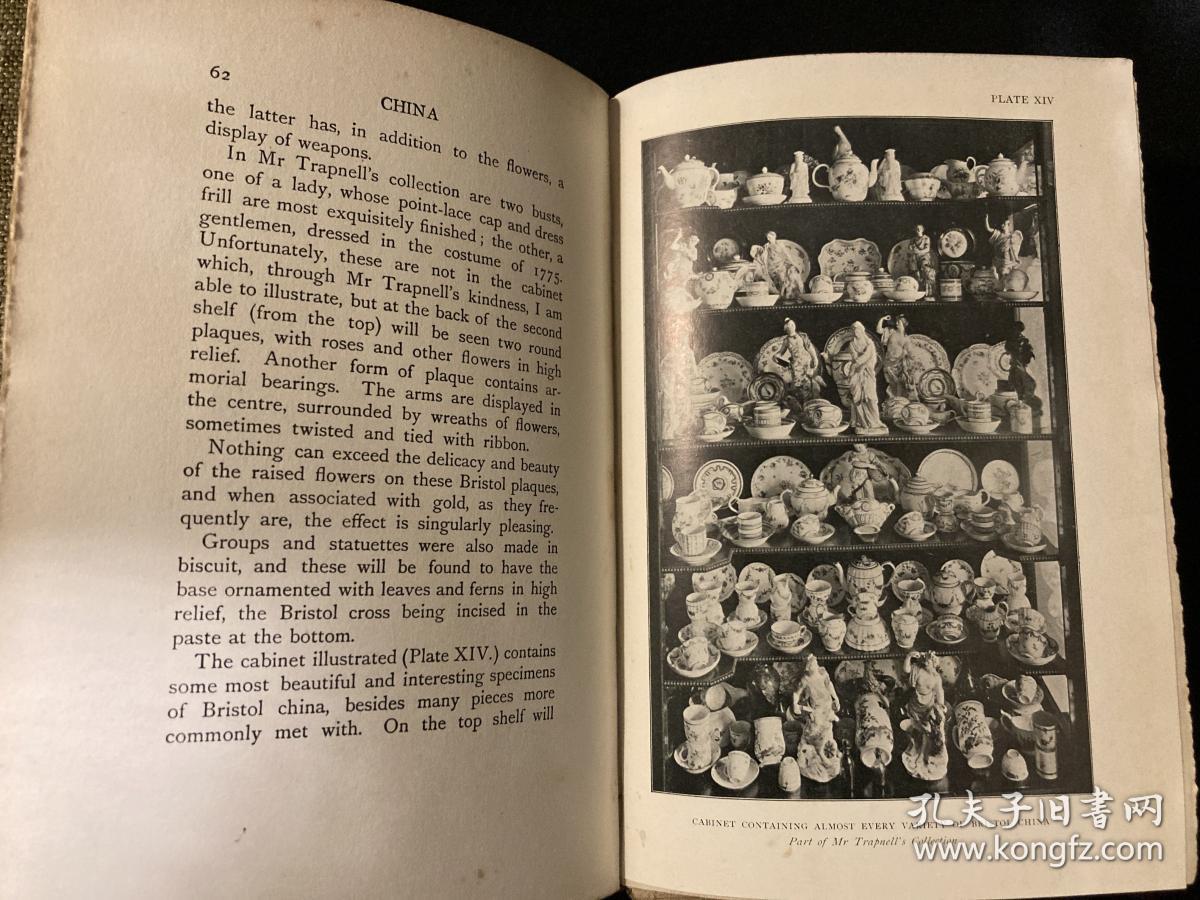How to Identify Silk
Silk is a natural fiber produced by certain insects, most commonly by the silkworm. To identify silk, one should look for a number of key characteristics. Real silk has a distinctive sheen or luster that can be compared to other fibers. It also feels soft and smooth to the touch, with a degree of elasticity that allows it to stretch without breaking. Additionally, silk has a high level of absorbency, meaning it can absorb moisture and release it slowly, making it ideal for clothing that needs to keep the wearer dry and comfortable. Finally, silk is also relatively strong and durable, making it a good choice for clothing and other items that need to last. By examining these qualities, one can usually identify silk with some degree of accuracy.
Silk is a natural fiber that has been used for centuries in making clothing, accessories, and other items. It is produced by certain insects, most commonly by the silkworm, and is characterized by its soft, smooth texture and luxurious appearance. Today, silk is still widely used in high-end fashion and luxury goods, but with the rise of synthetic fibers, it has become increasingly difficult to identify genuine silk from fakes.
In this article, we will discuss how to identify silk in different forms it may take. We will also provide some tips on how to ensure you are buying genuine silk products and not fakes.
Identification of Silk

1、Visual Inspection:
Color: Silk has a natural, subtle sheen to it. The color of silk may vary depending on the type of insect that produced it, but it is typically a light to deep brown color. If the silk you are looking at appears to be overly bright or has an artificial looking sheen, it may be dyed or coated with a synthetic material.
Texture: Silk has a soft, smooth texture that is difficult to replicate in synthetic fibers. When you touch silk, it should feel like a delicate, smooth surface. If it feels rough or sticky, it may not be genuine silk.
Thread Count: Silk threads are often very fine and numerous, giving the fabric a dense, lightweight feel. The higher the thread count, the more likely it is that the silk is genuine. However, this is not always a reliable indicator, as some synthetic fibers can also have a high thread count.
2、Burn Test:
Flame: When silk is burned, it will typically ignite easily and burn with a bright flame. The ash that remains after burning silk is typically a light gray color and crumbles easily. If the flame is difficult to ignite or the ash has a different color or texture, it may not be genuine silk.

Smell: When silk burns, it will release a characteristic burning smell that is different from synthetic fibers. The smell of burning silk is often described as being like burning hair or feathers. If the smell is different or absent, it may not be genuine silk.
3、Chemical Test:
Acid Test: Silk is resistant to acids, while many synthetic fibers are not. You can perform an acid test by applying a drop of vinegar (which is acidic) to a small piece of the silk. If the silk remains intact and does not degrade, it is likely to be genuine silk. If it does degrade or dissolve, it may not be genuine silk. However, this test is not 100% reliable, as some synthetic fibers may also be resistant to acids.
Solvent Test: Silk is soluble in certain solvents, such as acetone or ethanol. You can perform a solvent test by applying a drop of acetone or ethanol to a small piece of the silk. If the silk dissolves or becomes transparent in the solvent, it is likely to be genuine silk. If it does not dissolve or change color, it may not be genuine silk. However, this test also has limitations and should not be relied upon solely for identification purposes.
Buying Genuine Silk Products
1、Look for Certification Marks: Many silk products are certified by organizations such as the International Silk Association (ISA) or the Chinese Silk Association (CSA). These certification marks provide assurance that the silk has been produced using sustainable and ethical practices and meets certain quality standards.

2、Check the Packaging: Genuine silk products often have detailed packaging that includes information about the product’s origin, production process, and certification marks. If the packaging looks cheap or lacks this information, it may be a sign that the product is not genuine silk.
3、Price Comparison: Silk is a luxury fiber and typically costs more than synthetic fibers. If you find a silk product that is priced significantly lower than other similar products on the market, it may be a fake or inferior quality product. However, price alone should not be the sole criterion for determining authenticity; other factors such as packaging and certification marks are also important.
4、Buy from Trusted Sources: Purchasing from trusted sources such as reputable clothing stores or online platforms can reduce the risk of buying fake silk products. These sources typically have more rigorous quality control measures in place to ensure they are selling genuine silk products to their customers."
Articles related to the knowledge points of this article:
Title: How to Clean a Tie - A Comprehensive Guide
Feather Down: The Multi-Purpose Wonders of Nature
Title: The Untold Tales of Shanghai Silk Scarves
Title: Embracing the Exquisite World of Silk: A Comprehensive Guide to Top Silk Scarf Brands



